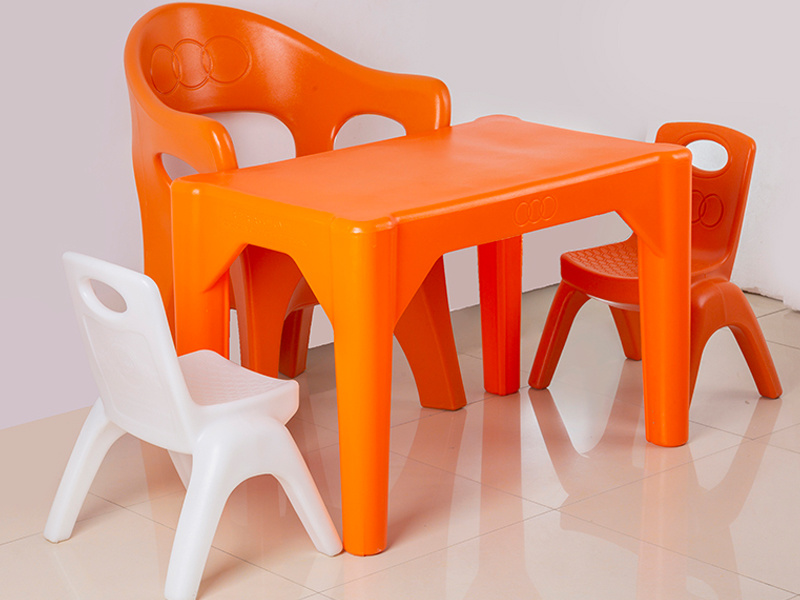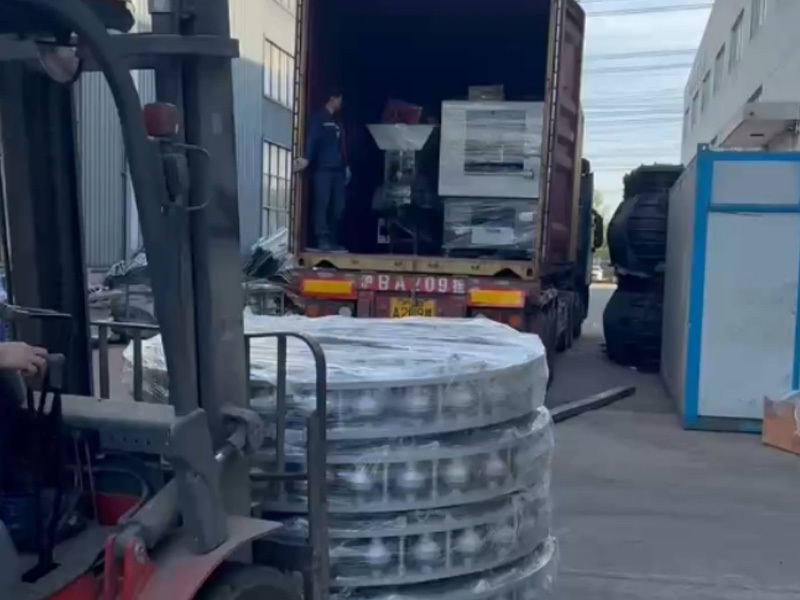What are the characteristics and advantages of the rotational molding process for plastic products?
Release time:
2021-07-20
Through recent follow-up surveys with customers, we found that many customers do not understand rotational molding products very well and hope that manufacturers can provide further explanations.
Through recent follow-up surveys with customers, we found that many customers do not understand rotational molding products very well and hope that manufacturers can provide further explanations.
Today, I will share the relevant materials I have reviewed with everyone, hoping to inspire and help you. In the production process of rotational molding products, there is almost no recycled material, so this process has a very high utilization rate of materials. The majority of plastic product molding processes operate under relatively high pressure (stress) during the molding process, such as the widely used injection molding, compression molding, extrusion, and blow molding. Therefore, when producing large plastic parts using these molding processes, it is necessary to use molds that can withstand high pressure, making the molds heavy and complex. Additionally, the plastic molding equipment must also be designed and manufactured to be very sturdy, which increases the difficulty of processing and manufacturing the molds and raises costs. In contrast, the rotational molding process only requires the frame's strength to support the weight of the material, the mold, and the frame itself, as well as the clamping force to prevent material leakage. Therefore, even for large and extra-large rotational molding plastic parts, there is no need to use very heavy equipment and molds, making the processing and manufacturing of molds very convenient, with a short manufacturing cycle and low costs.















